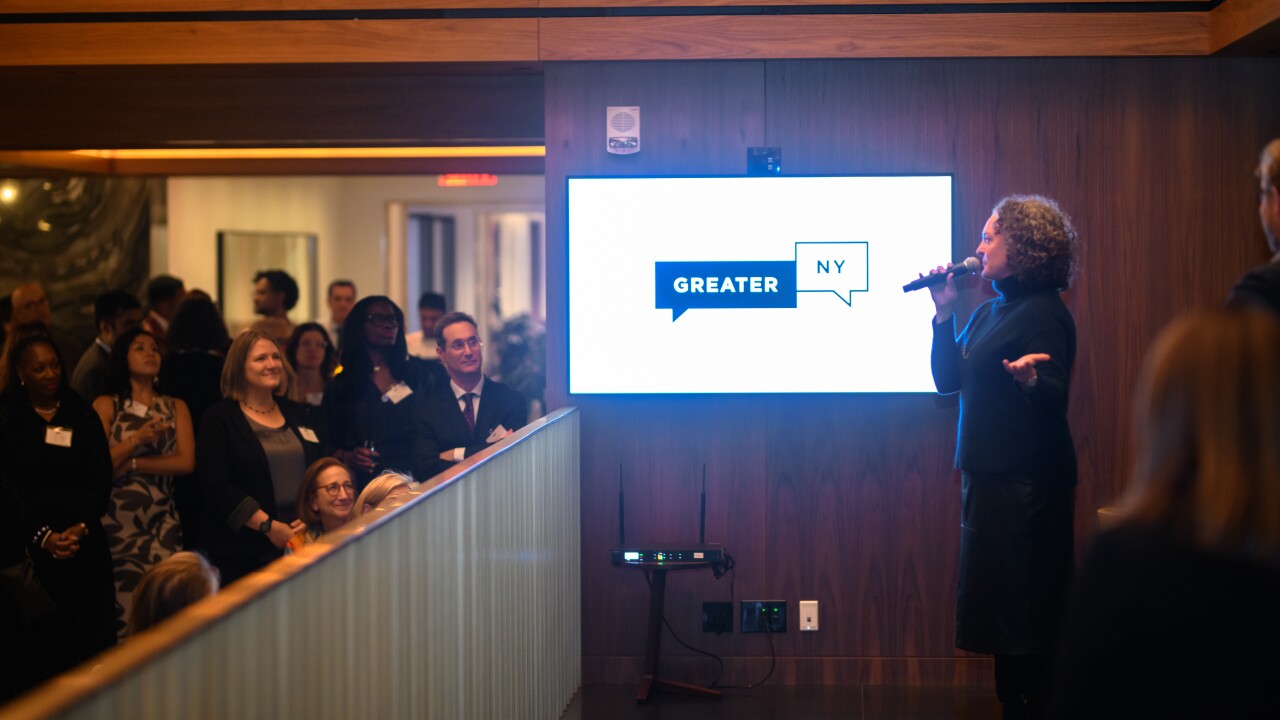The fast growth of the buy now/pay later market is attracting scrutiny from financial services regulators concerned about the lack of specific rules for point-of-sale credit and the potential risk to consumers.
This week's hearing of the House Financial Services Committee's task force is the latest in a series of moves bank regulators are taking in countries around the world to understand BNPL's impact on consumer debt, and how the product should be governed.
The political attention comes amid fast expansion for BNPL loans. The product is expected to grow from a $60 billion per quarter market in 2019 to $166 billion per quarter in 2023, according to RBC Capital Markets. Other estimates peg the potential BNPL market to grow higher. Bank of America, for example, expects the global BNPL market to pass $1 trillion in the next four years.
The appeal to investors and financial institutions is clear. BNPL increases conversion rates between 20% and 30% and boosts average ticket sales between 30% and 50%, according to RBC Capital Markets.
The incursion of fintechs like Affirm, Klarna and Afterpay has been accompanied by competitive moves from Goldman Sachs, Square, Capital One Financial Corporation, and investments and partnerships from the major U.S. card brands.
Fintech investors are also pouring funds into BNPL companies, anticipating more upside given the popularity of BNPL with younger consumers and the still relatively low penetration of the product. While BNPL payments have doubled globally over the past two years, the product still represents about 2% of the overall e-commerce market, according to WorldPay.
But there's also research that suggests BNPL poses a risk to consumers. Australia's Department of the Treasury found that 30% of the revenue from BNPL comes from "bad debt," which it defines as debt used for consumption rather than wealth creation. And considering late fees for BNPL lending, the APR for BNPL can be as high as 68%, according to the Australia's treasury.
A report from the Australian Parliament found BNPL funding is a factor in one out of five consumer insolvencies, compared to 3% for credit cards. In the U.S., about two thirds of BNPL users have a credit card balance that's 75% of their limit or more when making their first BNPL purchase, according to Research and Markets. Other data from Motley Fool's research arm found that 40% of consumers take out a BNPL loan to buy items they can't afford while avoiding credit card debt.
It's this risk that has regulators concerned. Here are examples of new regulations or government agencies that are planning or considering new rules for BNPL.












